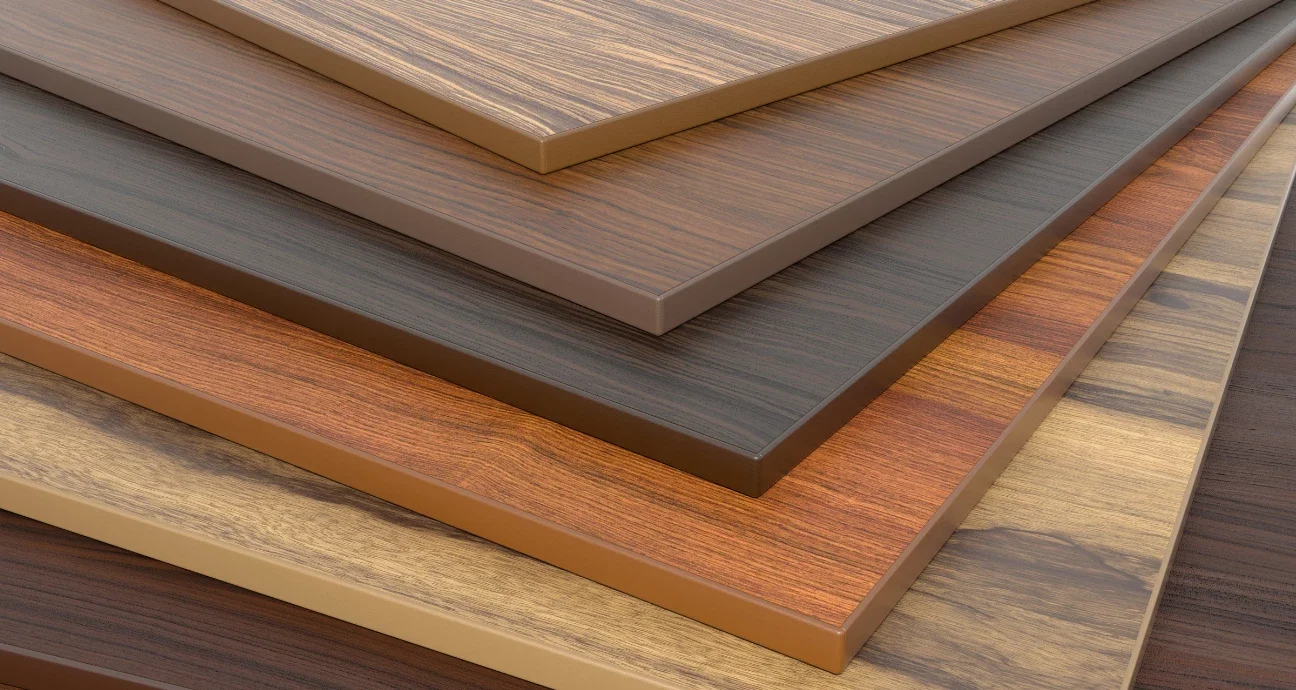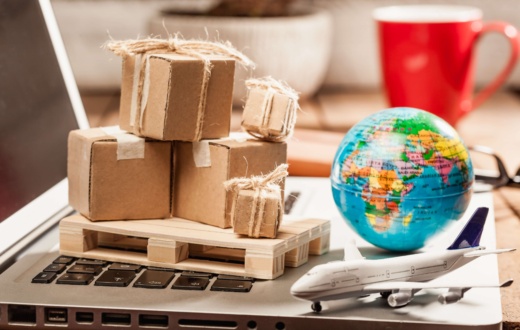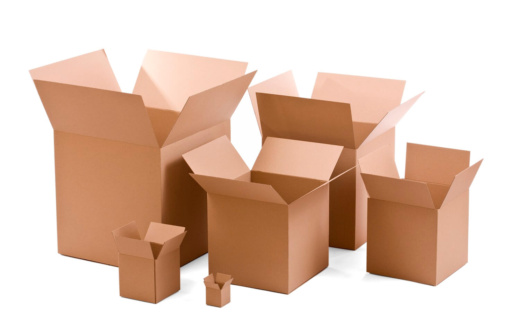Deciding on the right kind of packaging for your company can be a difficult choice, especially for new and small-scale companies.
Most companies tend to focus on the overall design of the box instead of looking for the right kind of packaging that will suit the kinds of products you are selling in the market.
There are many different factors to consider in choosing the best type of box that meets your requirements.
The most important factor is to understand the difference between the chipboard and corrugated boxes so that you can determine which kind of box is the best one for your business.
Corrugated Boxes
Whenever a person thinks about a corrugated box, he or she thinks about a traditional cardboard box.
There is some small difference between a cardboard box and a corrugated box. A corrugated box has two strong layers of cardboard and fan-like folds.
Corrugated boxes are created by pressing and gluing wavy papers between two sheets of linerboard.
It is a very simple and effective technique of creating a lightweight and strong box for different packaging kinds of products. In some boxes, double or triple walls are also created to provide maximum protection.
The overall shape of a corrugated box is also designed so that it has extra strength and stability. As a result, a large number of companies and manufacturers all over the world use corrugated boxes to ship various kinds of products safely.
There are many different types and sizes of carton boxes available in the market. Generally, regular slotted cartons are the most common corrugated boxes used by all types of companies.
Other types of carton boxes include front lock mailers and easy fold mailers. Such boxes are nowadays being used by e-commerce companies.
The purpose of using a corrugated board is to support the products in shipping and provide padding for extra protection, especially in international shipping. Other than the carton boxes, corrugated boards are also used in corrugated bins, corrugated trays, and corrugated dividers.
Chipboard Cardboard
Chipboard is also called paperboard. As the name suggests, it is a thick material made by compressing paper fibres.
Different types of paper fibres and recycled material are used to create chipboard cardboards with various thicknesses. As a result, companies have a lot of options in chipboard cardboards to choose from.
Cardboard boxes can be used for packaging, shipping, and crafting different projects. The versatility of the chipboard cardboard boxes is one of the many reasons why they have become highly popular among various types of companies.
However, it is important to note that when these boxes are used for shipping purposes, the chipboard typically serves as a support material.
Larger pieces of boxes are utilized instead of the corrugated pads on pallets, whereas smaller pieces are used to enforce mailing envelopes. Moreover, chipboard cardboard can be used as folding cartons for smaller objects as well.
Other than shipping, chipboard also serves many other purposes. Thinner cardboards can be used to create magazine and book covers, postcards, and many other types of printed graphics.
On the other hand, thick cardboard can be used to reinforce notebooks and notepads.
Display packaging is also created with the help of the chipboard. Boxes displayed on shelves, like boxes for electronics, soda cans, fashion items, and many others, are created with chipboard cardboard.
The Bottom Line
When it comes to chipboard versus corrugated cardboard, it all comes down to your requirements and expectations from the box you want.
Chipboard is the perfect solution to provide support to the products, while corrugated boxes provide maximum protection.
Similarly, companies and warehouses with limited space often rely on thinner chipboards because they take up less space when stacked together.
On the other hand, a corrugated box is much stronger and provides greater protection; therefore, it is easy to use such boxes in shipping large and high-volume products.
Hence, if your business is involved in international shipping, you should choose corrugated boxes.
In terms of visual appeal, chipboard is much more attractive because it has smooth and well-defined edges.
Hence, both corrugated chipboard boxes and traditional carton boxes have their own sets of pros and cons.
We hope after reading this post you can make a smart choice between a chipboard box or corrugated cardboard, depending on your requirements and the type of products you want to package and ship.







